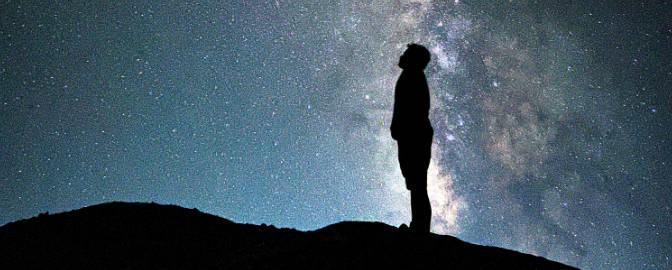Björn Jónsson • Nov 13, 2012
Pretty picture: Landsat view of southern Greenland
This is a very large (19000 pixels square) mosaic of the fjords and glaciers of southern Greenland. It is an orthographic mosaic containing data from 12 Landsat 7 images. The longitude range is 41 to 51 degrees west and the latitude range is 59 to 64 degrees north. The mosaic shows a spectacular and complex 'maze' of long and narrow fjords and islands, narrow valleys flanked by steep mountains, glaciers and glacial rivers, countless lakes and ponds and in general a landscape that has been shaped by advancing and retreating glaciers, depending on climate.
I have been interested for a long time in experimenting with the processing of Earth satellite imagery just to get a comparison to the other planets from an image processing perspective. I thought it could serve as a kind of 'ground truth,' since I have a far better idea of what the Earth looks like than the other planets. Also, the Earth is visually a really spectacular planet. I had been under the impression that the vast majority of Earth satellite images was commercial and proprietary. But I learned relatively recently that Landsat data (as well as many other data sets) was freely available.
Naturally, the first thing I experimented with was Iceland (all of it), which has spectacular glaciers among other things. But I knew that Greenland has a 'giant version' of the Icelandic glaciers and that the general landscape in southern Greenland is also spectacular. So I applied some of the lessons learned from the Iceland mosaic when doing the Greenland mosaic which is of higher quality.
A lot of Landsat data can be found at http://earthexplorer.usgs.gov/. Data is available from several Landsat satellites but the best data is from Landsat 7; Landsat 5 is also good. This is multispectral data with a resolution of 30 meters per pixel. The source images were selected to get a mosaic almost free from clouds over the land areas, so they were obtained at various times in 1999-2002. Almost all of the data present in the mosaic was obtained in July or August (small parts in June).
Processing the Landsat images turned out to be easier than processing images of the other planets. The original data I used was map-projected. So when I mosaicked it, the images fit perfectly. There were no problems with inaccurate camera pointing information and other issues, as is so common when dealing with other planets. Not all of the images were map-projected using the same parameters, though, so I reprojected everything to simple cylindrical projection, mosaicked the data there and then rendered an orthographic view.
The original data came as GeoTiff files, which contain the projection parameters. I used GDAL (Geospatial Data Abstraction Library) to reproject them, since it 'understands' all of the relevant information from the GeoTiff file headers (more specifically, I used gdalwarp). I then used Photoshop to adjust the colors, brightness and contrast in individual images and to remove seams.
What were more difficult here than when dealing with other solar system bodies were things that vary with season and time: clouds, variable atmospheric transparency, terrain colors, and snow cover. I had to make major 'manual' changes to the clouds in the south to remove seams between images taken at different times. But the 'manual' changes to the land areas are minor, and overall the image should be realistic, even though for ultimate reality the white glaciers should be two or three times brighter than here relative to ice-free terrain. I brightened the ice-free areas (including the ocean) relative to the glaciers and clouds. I also wanted to preserve visible features in the glaciers (e.g. streamlines) so I processed these parts of the glaciers differently from the featureless (almost totally white) parts of them. In fact this made the image look more realistic despite the fact that this really is a 'dynamic range cheat'. The ice-free areas look very dark in the original images. For readers familiar with Photoshop, I did these brightness adjustments using the Curves dialog box.
Here is a detail view of just a couple of the streamlined glaciers.


 Explore Worlds
Explore Worlds Find Life
Find Life Defend Earth
Defend Earth


